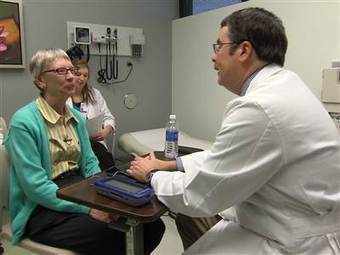An Arizona family plans to give medical marijuana to their 5-year-old son to treat his seizures caused by a genetic brain defect.
Zander Welton had his first seizure when he was 9 months old and now has them weekly.
His parents, who live in Mesa, say the cortical dysplasia, coupled with autism, keeps Zander from any real form of communication. He squeals and grunts, and on occasion, will bring them a cup to indicate that he’s thirsty, but otherwise doesn’t use hand gestures or form words.
After hearing about some disabled kids thriving thanks to medical marijuana, Jacob and Jennifer Welton have started the process of making Zander a legal cardholder.
The Weltons hope to start giving their son the marijuana oil drops by next week, using a syringe to pinpoint the exact dosage that works.
“If this finally works for Zander and I finally get to meet who he is, that would be amazing.
Because I don’t know who he is. He’s just a little boy that’s trapped in this craziness,” Jennifer Welton told Phoenix TV station KNXV.
The Weltons have two other sons and Zander is the second oldest. He’s undergone two brain surgeries, a third surgery for shock therapy and has been administered a series of trial and error prescription drugs.
His latest prescription made minor improvements with his seizures, but Jennifer Welton said the medication made her son more combative.
Zander’s mobility also is limited and he often reverts back to crawling after a bad seizure.
For medical marijuana treatments, the Weltons need two doctors to sign off on it. The caregiver also needs to be approved for a medical marijuana caregiver’s card and that person has to live with the recipient.
The couple connected with a naturopathic doctor and started the process to administer legal pot, learning Tuesday that their applications have been approved.
Medical marijuana isn’t covered by insurance. The state currently picks up the $5,000 a month tab for Zander’s prescriptions.
The CBD oil will cost about $300 a week out-of-pocket. The Weltons have been reaching out to friends and family for donations.
Read more: http://www.foxnews.com/health/2013/08/29/5-year-old-boy-will-receive-medical-marijuana-to-treat-seizures/#ixzz2dX9Ck82y








